Over the past three decades, China has emerged as a “mathematical powerhouse,” dominating the International Mathematical Olympiad (IMO). Since its first win in 1989, China has topped the team rankings 25 times—more than any other country.
Notably, all 6 members of the Chinese team won Gold Medals 15 times. Since 1986, China has almost always been in the top 3 in the world .
On July 19, 2025, the Chinese team once again affirmed its number 1 position, winning all 6 gold medals, including 2 students scoring 42/42 - an almost absolute achievement in the history of this exam.
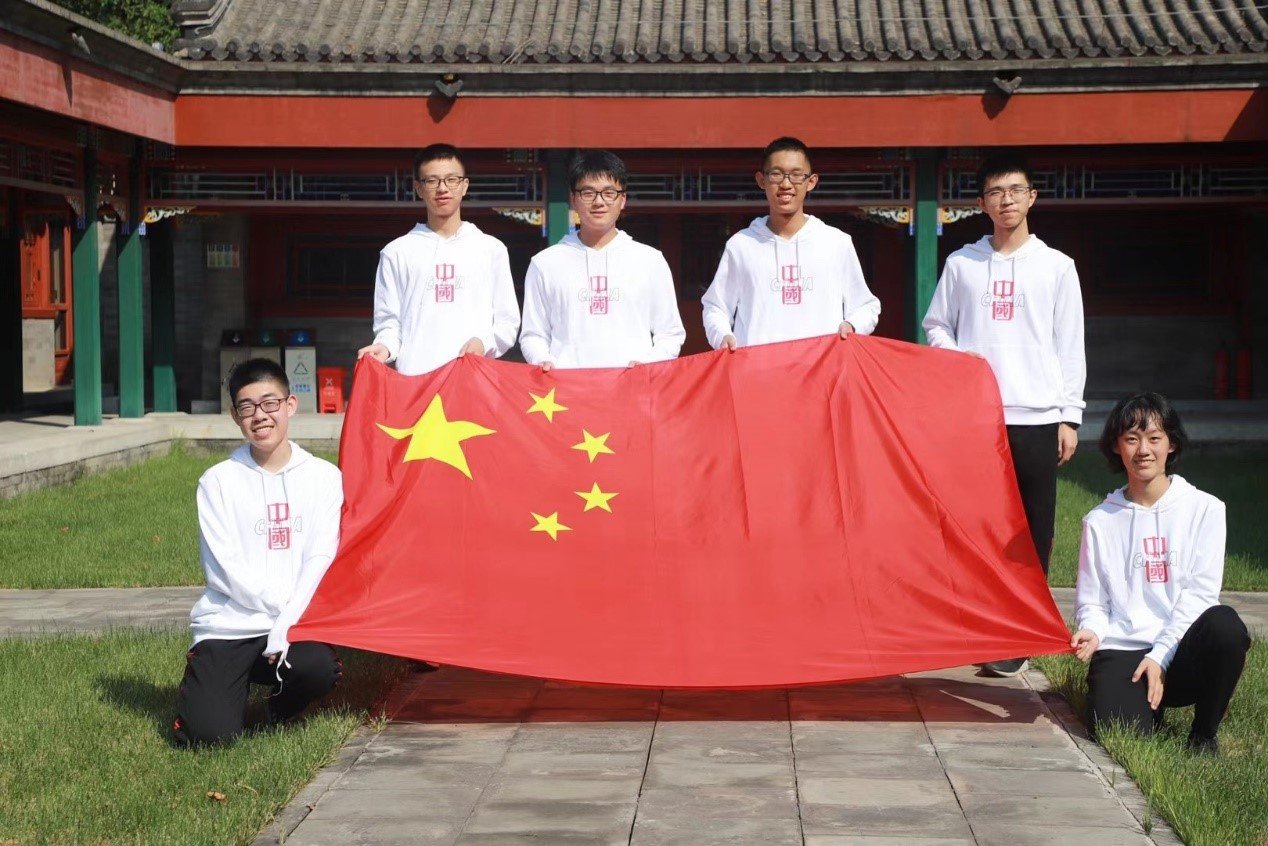
According to Baidu , with many championship streaks lasting 3-5 consecutive years, the Chinese team's achievements not only reflect the individual abilities of each contestant but also show the effectiveness of a carefully invested selection and training system at the national level.
From excellent student contest to national strategy
Mathematics in China is a tool for national capacity building, not simply a personal destination. The system for identifying and nurturing talented students in mathematics in China is well organized and continuous from primary to high school, forming a rigorous national selection network.
Participating in this process are not only specialized schools and selective classes sponsored by the state but also university professors, leading mathematics experts and research institutes.
In addition to the human factor, China also integrates advanced technology tools such as artificial intelligence (AI), data simulation, and online learning platforms to optimize the personalization of training paths for each prospective student. Even the narrow defeat to the US at IMO 2024 was seen as a "self-reflection" for a system that operates extremely tightly and strictly. From internal criticism to adjustments at the specialized school level, China saw it as an opportunity to self-review and restructure the training process. Just one year later, the country came back strongly with an overwhelming victory and restored the world's number one position.
Learn to solve problems, not just for exams
Contrary to the prejudice of "training fighting chickens", the Chinese Mathematics education system has changed dramatically: from exam preparation to practical application.
In prestigious high schools such as Shanghai High School, the “Mathematics + X” model is implemented as an interdisciplinary education strategy, and Mathematics becomes the central language to approach diverse fields.
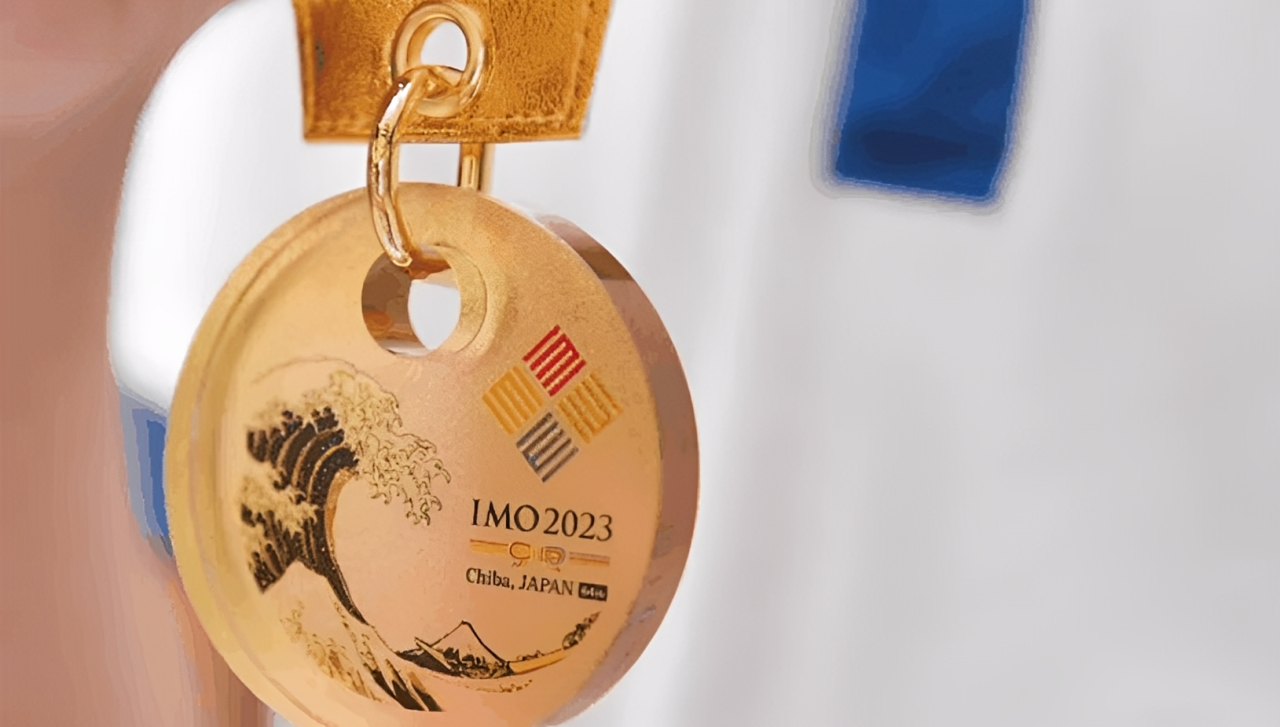
Students not only learn pure Mathematics but also access integrated topics with climatology, epidemiology, finance, engineering, applied physics and artificial intelligence. Even seemingly emotional subjects such as music or visual arts are connected with creative programming, to activate logical thinking and the ability to interpret using mathematical models.
Chinese students are exposed to advanced mathematics from grades 3-4, familiarize themselves with university materials from middle school, practice more than 30 hours per week, solve hundreds of problems from classical to modern, and participate in mock exams with pressure no different from real international exams.
In particular, in addition to pure problem-solving skills, students are also trained in critical thinking and systematic thinking. Education on personal discipline, academic ethics and humility are also placed alongside achievements, while the ability to self-study and adapt to high-pressure environments become mandatory criteria for any “medal candidate”.
Mathematics - the foundation of the 21st century technology race
The IMO victory is just the tip of the iceberg. Behind it lies China’s larger vision: to make Mathematics the foundational language for artificial intelligence, quantum computing, robotics, and even high-tech defense.
Top universities like Peking, Tsinghua, and Fudan all prioritize training in applied and theoretical mathematics. The Chinese Academy of Sciences puts mathematics at the center of strategic research. Meanwhile, the US, despite its technological advantage, is still investing billions of dollars in AI, partly to narrow the gap with China in algorithms and data.
According to the first quarter of 2025 data of the National Bureau of Statistics of China, the number of students graduating from STEM fields continues to grow strongly, strengthening the foundation for an innovative and technologically autonomous society. Students who are good at mathematics in China are considered a strategic resource, and society and schools provide the best conditions.
Many high schools such as Military High School (Hangzhou), Jingkai High School (Wuhan), and Shenzhen High School have established “Math teams” that are supported just like professional sports teams: with private coaches, special schedules, scholarships, and opportunities to interact with scientists.
A math professor commented: “When a Chinese student solves an IMO problem, it could be the first brick for a scientific advance or a strategic technology of the future.”
Source: https://vietnamnet.vn/ly-do-25-lan-trung-quoc-dan-dau-the-gioi-ve-hcv-olympic-toan-hoc-2428521.html





![[Photo] Cutting hills to make way for people to travel on route 14E that suffered landslides](https://vphoto.vietnam.vn/thumb/1200x675/vietnam/resource/IMAGE/2025/11/08/1762599969318_ndo_br_thiet-ke-chua-co-ten-2025-11-08t154639923-png.webp)


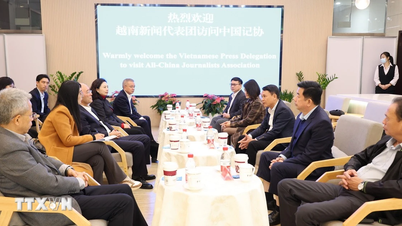

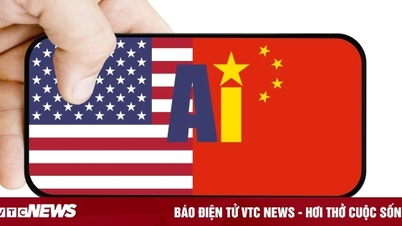




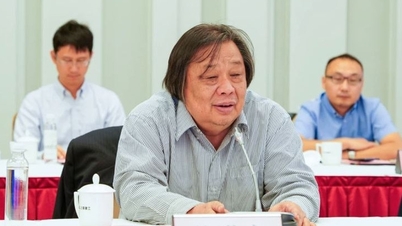



![[Video] University of Foreign Languages - Vietnam National University, Hanoi received the First Class Labor Medal](https://vphoto.vietnam.vn/thumb/402x226/vietnam/resource/IMAGE/2025/11/08/1762614378165_gen-h-z7203450341291-b1f427bb0cccc706a5bcc4b985f90a70-7234-jpg.webp)



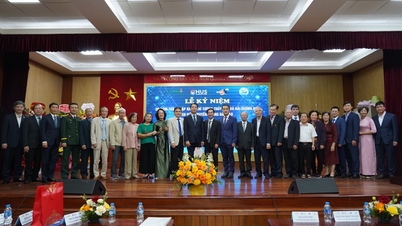











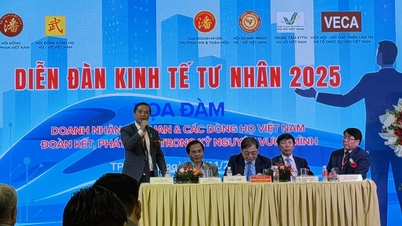









![[Video] Hue Monuments reopen to welcome visitors](https://vphoto.vietnam.vn/thumb/402x226/vietnam/resource/IMAGE/2025/11/05/1762301089171_dung01-05-43-09still013-jpg.webp)


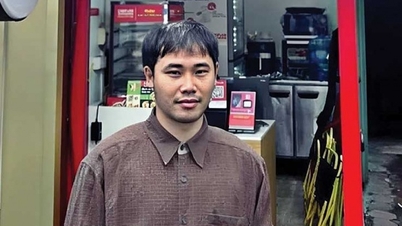






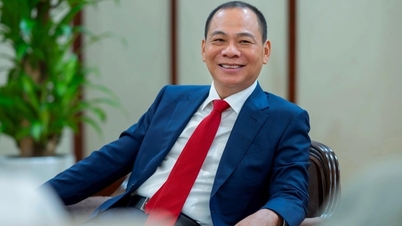










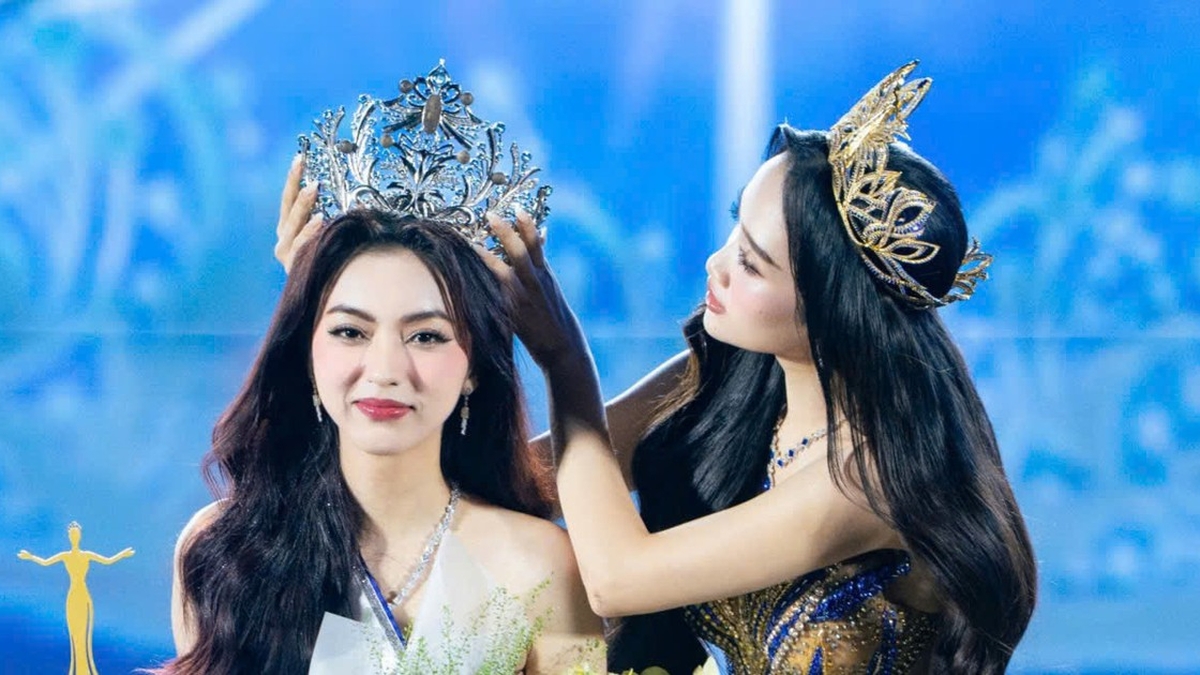















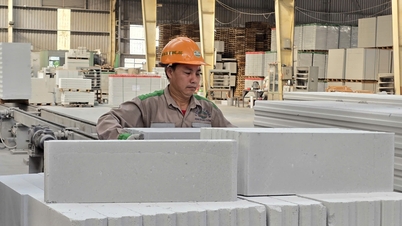







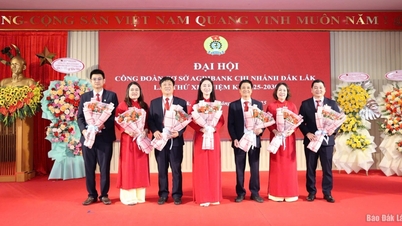
















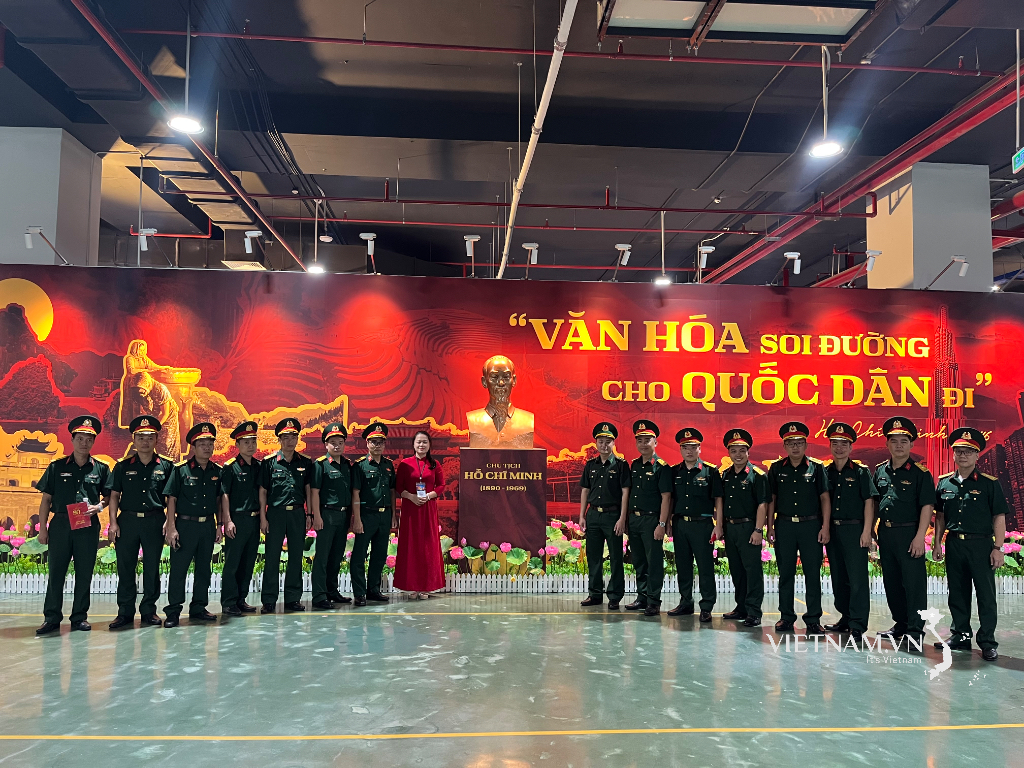



Comment (0)